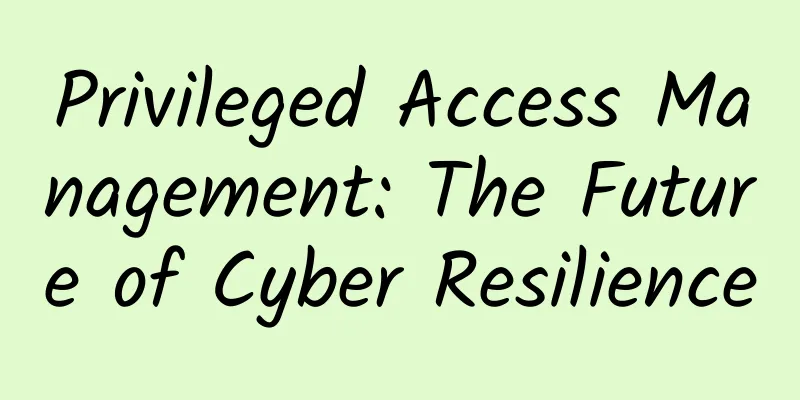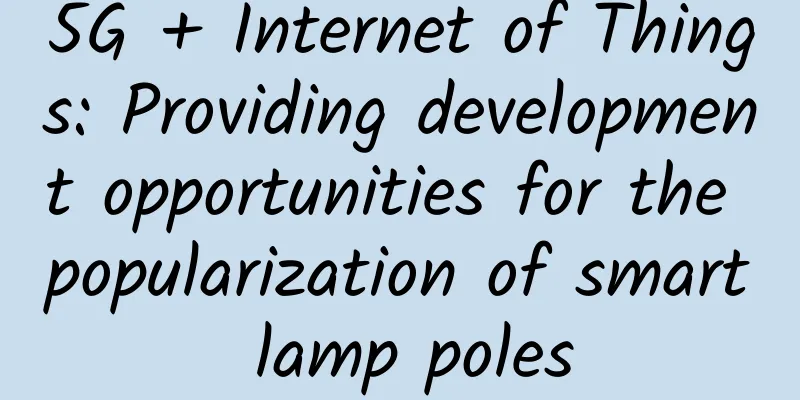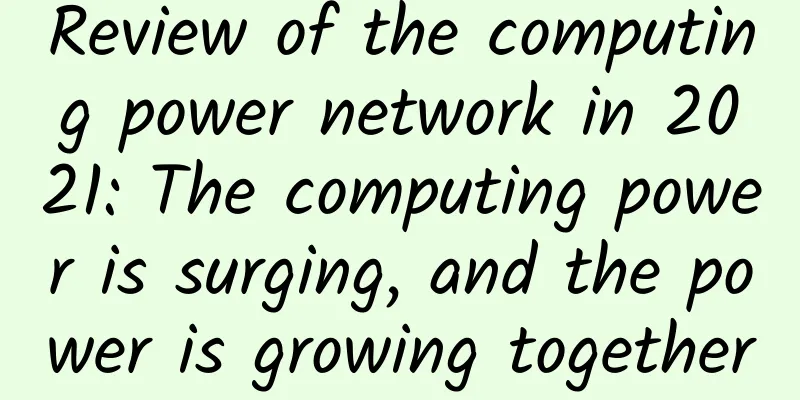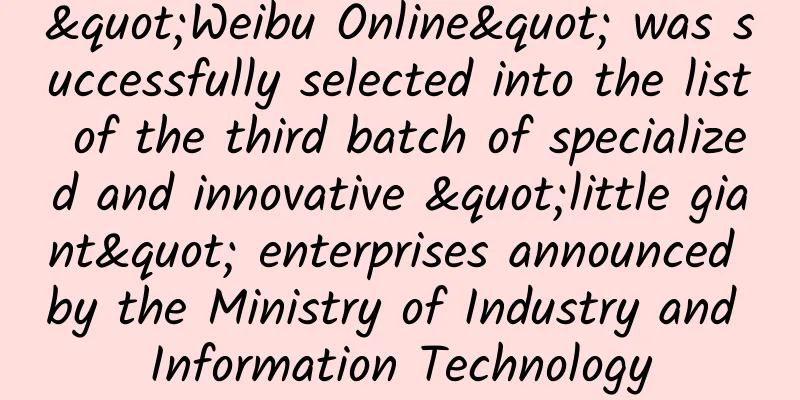Privileged Access Management: The Future of Cyber Resilience

|
Attacks against critical infrastructure and government agencies have been surging. Some attackers want to extort money; some intend to steal data. The victims all have one thing in common: the need to be able to defend against attacks and recover so they can continue to perform their duties. This is where cyber resilience comes in, and good privileged access management (PAM) is the cornerstone of digital security. Cyber resilience means that an organization can “anticipate, withstand, recover and adapt to adverse conditions, stresses, attacks or compromises of systems” in terms of digital assets and tools. Security measures are “built-in” in the architecture and design. Furthermore, this helps organizations better withstand attacks, failures, and continue to operate even in a degraded state. Business can continue to operate knowing that security and information safety are up to par. Privileged Access Management Improves Cyber ResilienceSo why is it so important to consider PAM? With PAM, you can protect, manage, and monitor privileged (high-level or limited) access to critical assets. PAM includes managing privileged access, password custody and management, multi-factor authentication, and session monitoring. PAM solutions can track the type of access assigned to each user and the servers they can access. If an attacker gets into a system, PAM can quickly and securely back up privileged access systems afterwards. At a minimum, it can prevent privileged account abuse in the first place. As a result, PAM improves network resiliency, bringing together access control and management, monitoring administrative accounts and enabling recovery in one central location. Real-world example: Don’t forget access controlWhy is this so important? Privileged access management can help close gaps in other security measures. For example, what if you recover from an incident by booting up a system that lacks administrator access controls? This could result in your system coming back online even less secure and riskier than it was initially. Another way PAM improves network resiliency is by enforcing least privilege and application control. This means that even trusted administrator users can’t just run arbitrary commands at will. So if an external attacker or an insider threat can access one account, they can’t open more doors from there. Additionally, PAM can be paired with artificial intelligence, active response, and zero-trust approaches to help protect against attackers’ latest tactics. For example, active response adds a SOAR tool into the mix that can respond to incidents and suspend accounts, disconnect sessions, or block access to stop attacks before they get far. Combining these with privileged access management covers more ground when it comes to cyber resilience. |
<<: If you were asked to design the SSL/TLS protocol
>>: Is 5G really green, or will it consume more resources?
Recommend
Kerlink and Radio Bridge provide LoRaWAN solutions for private IoT networks
According to recent announcements, Kerlink and Ra...
Former NASA chief joins satellite internet company Viasat
According to foreign media, former NASA administr...
Gcore: Khabarovsk/Vladivostok KVM from 1.08 Euros per month, 488M memory/8G hard disk/288G monthly traffic
G-core (gcorelabs) has been shared several times ...
spinservers June promotion: 10Gbps server from $119/month, Dual Silver4116/64G memory/1TB NVme hard drive
spinservers has released a regular promotion for ...
Huawei Cloud Managed Campus Solution Accelerates Enterprise Digital Transformation by Saving OPEX by 87% in Three Years
[51CTO.com original article] In the digital age, ...
The wireless router is placed here, no wonder the WiFi signal is poor
How to solve the problem? Only WiFi! WiFi allows ...
Data center opening, electrical testers answer all your questions
Data center operators are committed to bringing t...
The diversity of application scenarios lays the foundation for the future of blockchain
2016 was a year of explosive application of block...
spinservers: $99/month - 2*E5-2630Lv3/256GB/2*1.6T SSD/10Gbps bandwidth/San Jose data center
This month, spinservers is offering a flash sale ...
The United States has a new 5G strategy, hoping to make a comeback with Open RAN
The Financial Times reported that the Pentagon is...
Why do many people still insist on buying 4G mobile phones even though 5G networks have been fully commercialized?
Although 5G networks have been fully commercializ...
What is QoS technology? What are its functions?
QoS (Quality of Service) refers to a network'...
What can 5G technology do? It will have a significant impact on 20 industries
First of all, we must know what 5G is. In a nutsh...
Eight surprising ways remote work can help your business
The rise of remote work is arguably the biggest c...
What is 5G? How is it better than 4G?
[[264309]] 5G networks will increase wireless net...


![[Black Friday] Anynode: $8/year KVM-512MB/10G SSD/1TB/Las Vegas](/upload/images/67cac46ed8048.webp)






